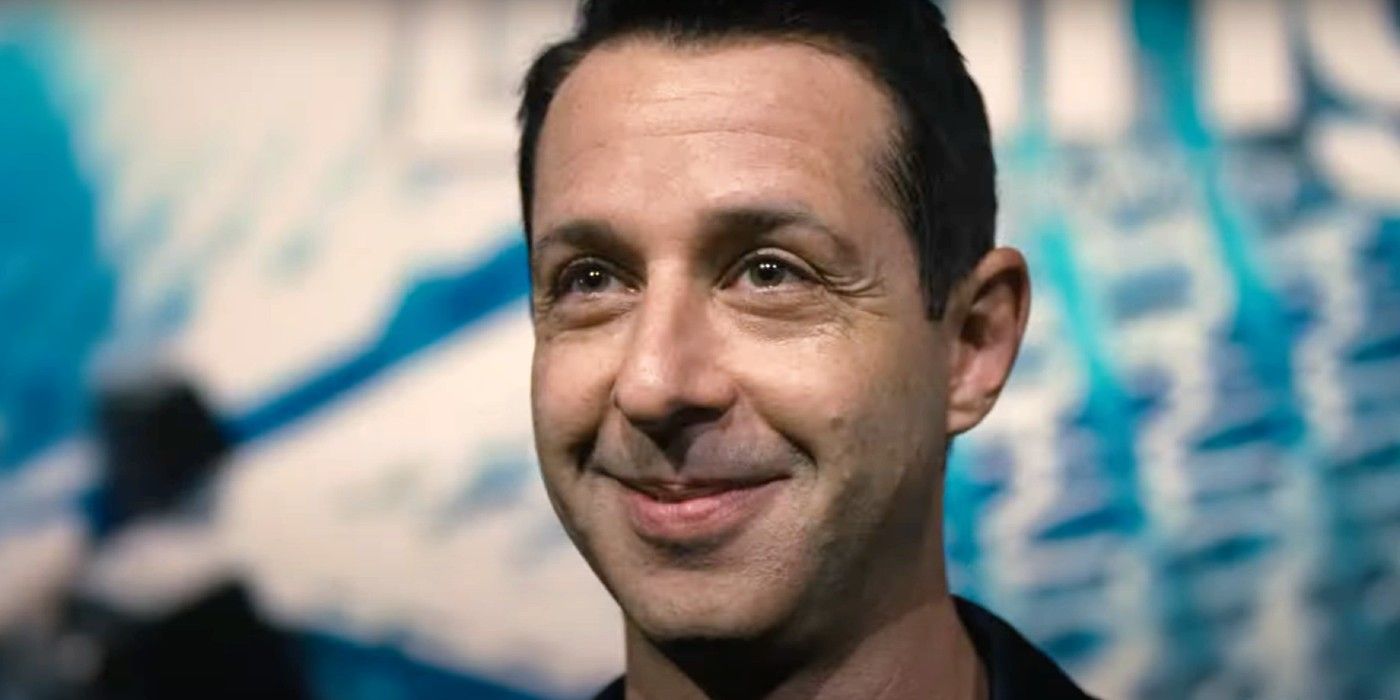The translation industry significantly benefits from the constant evolution of translation technology. The current resources available greatly enhance work efficiency, but it is crucial to keep up with the latest technologies to stay competitive in the ever-changing landscape of the industry.
Translation memories are an essential tool in localization, allowing users to leverage previously translated materials. The developers behind memoQ have noticed a significant increase in the size and number of translation memories being created in memoQ products. To facilitate the utilization of these resources and to showcase that translation memory technology has not yet reached its peak, memoQ has developed TM+, the next-generation translation memory engine.
As the amount of translation work increases, it becomes crucial to have a translation memory engine that is consistently fast and dependable. TM+ provides a reliable solution that can efficiently manage over 10 million segments without performance degradation. The main benefits include dramatically improved performance for TMX imports, pre-translation, statistics, and lookup results. With the arrival of TM+, users can expect a significant improvement in their overall productivity.
Combining the most advanced translation memory and machine translation technologies can result in an optimal and predictable localization workflow that delivers high-performance and scalable results. memoQ users can choose from a myriad of machine translation engines through plugins, with new ones being continuously added to ensure access to the latest MT technologies. TM+ offers the highest-quality translation memory engine that can be used together with specialized machine translation systems provided by memoQ’s technology partners.

“Even though machine translation has become more widely used, translation memories stay relevant in all cases where predictability and repeatability in translation workflows are required. Translations stored in translation memories continue to grow with some TMs containing millions of translation units. Updating our codebase is one of our focus areas and the revamped TM+ is an important milestone in our product strategy.” – shared Florian Sachse, Chief Evangelist at memoQ
TM+ is initially available in memoQ 10.0 and will be continuously improved with new updates and features in future releases. Over the next two years, TM+ will gradually replace the classic TM, but support for the classic TM will still be available until 2025.
Click here to learn more about TM+ and other productivity boosters memoQ 10.0 offers!




